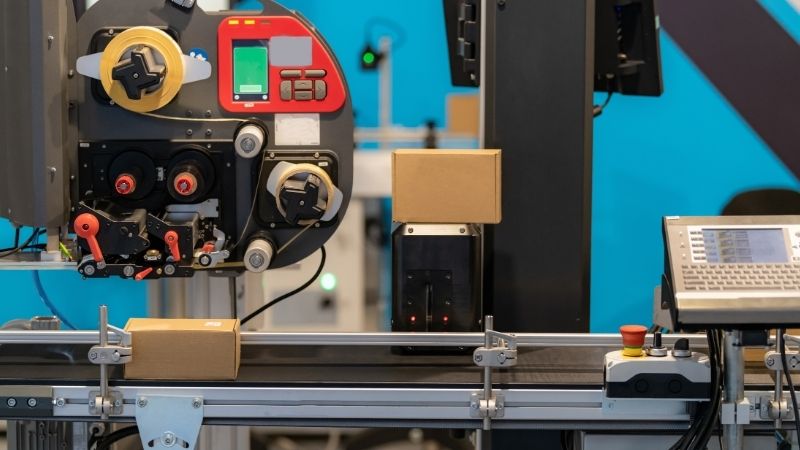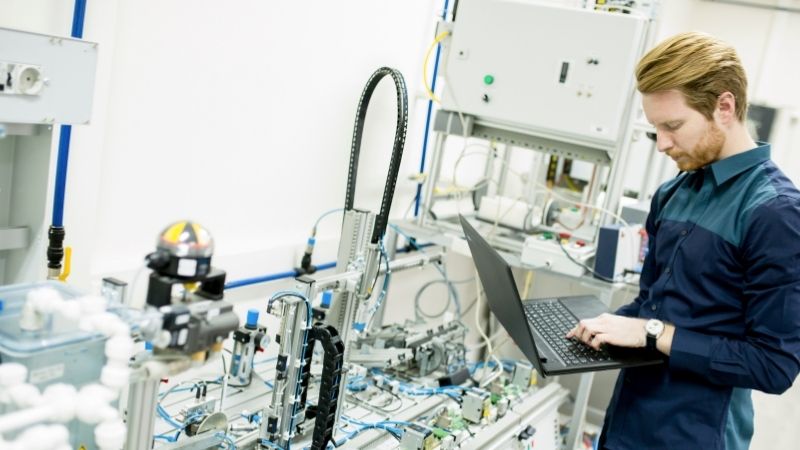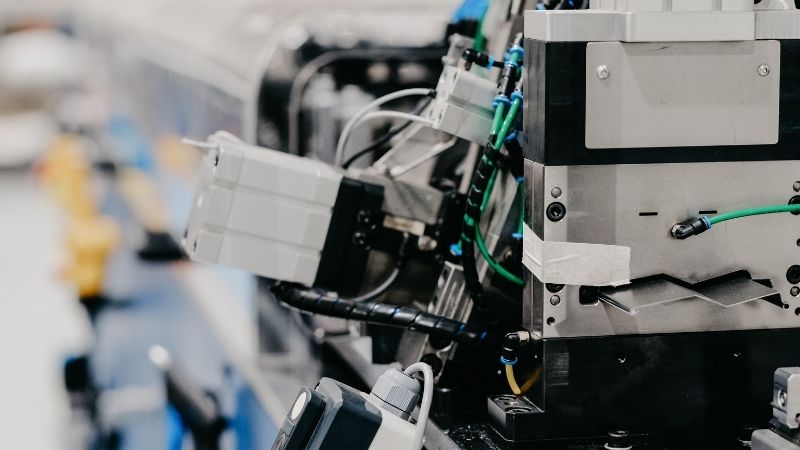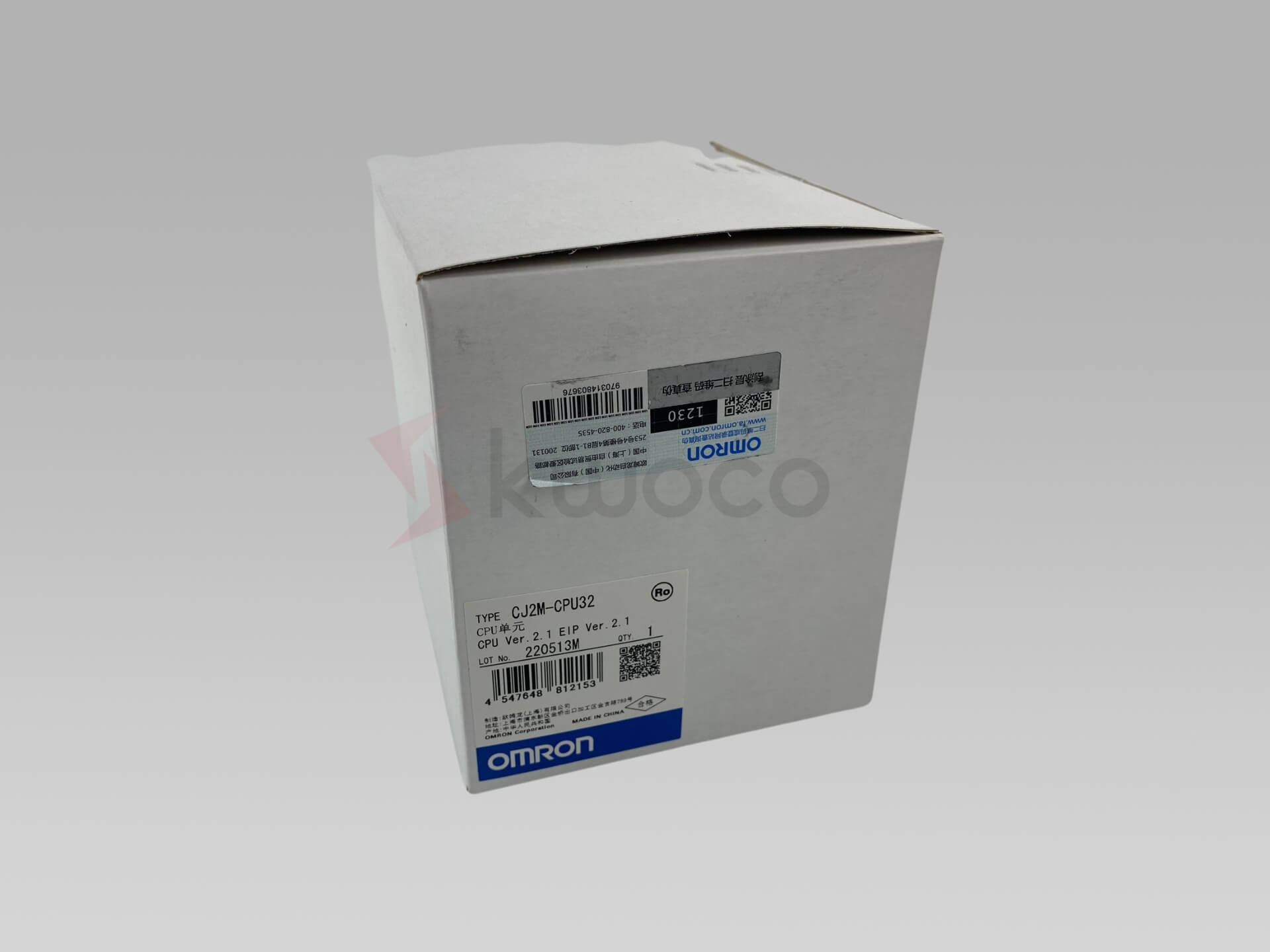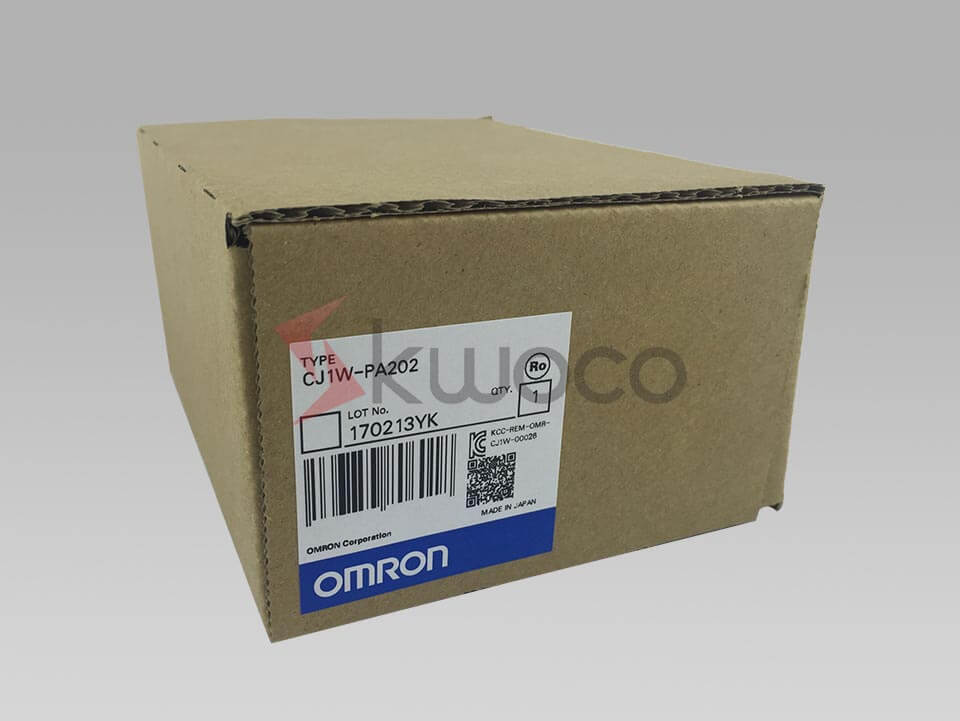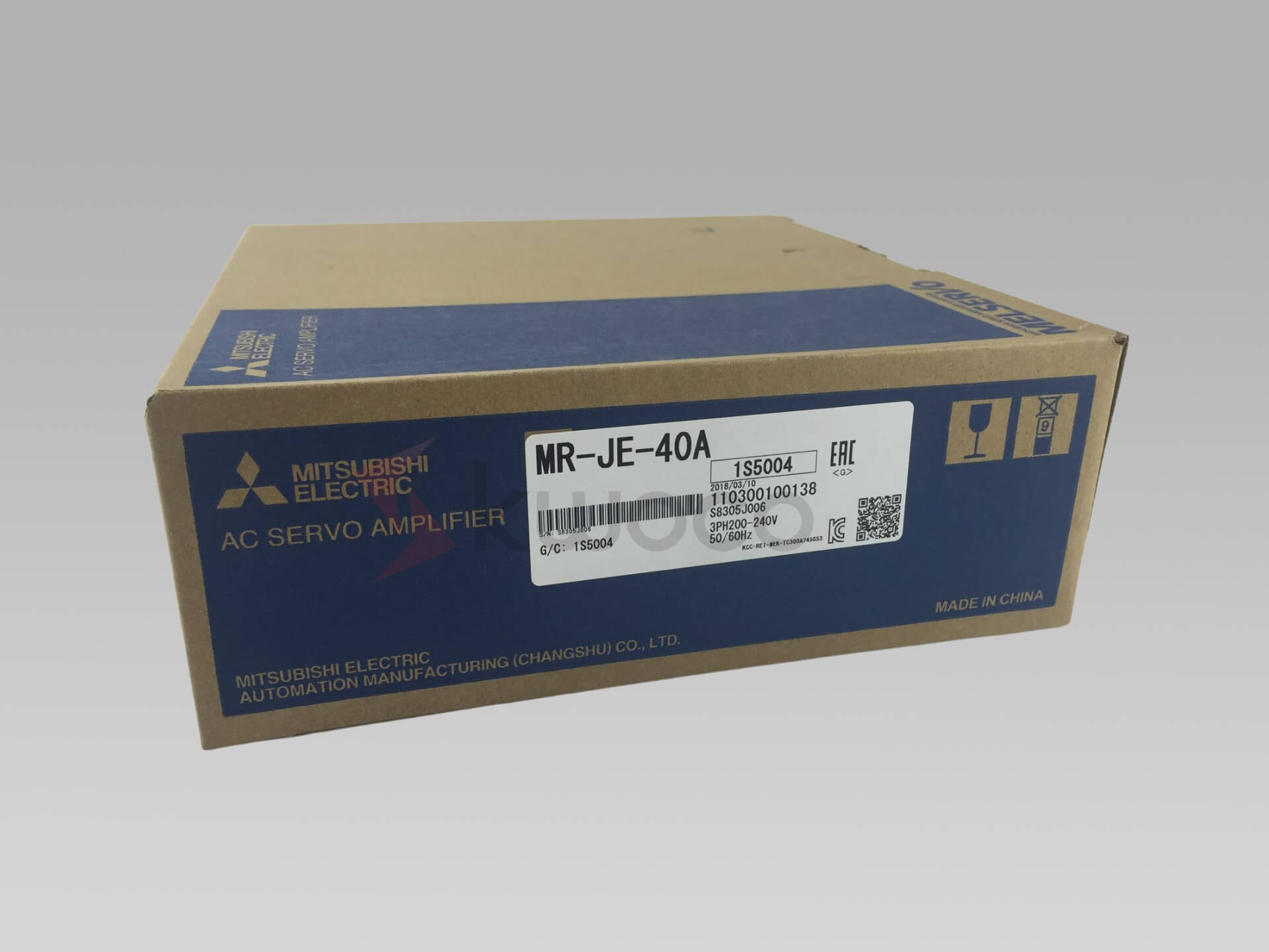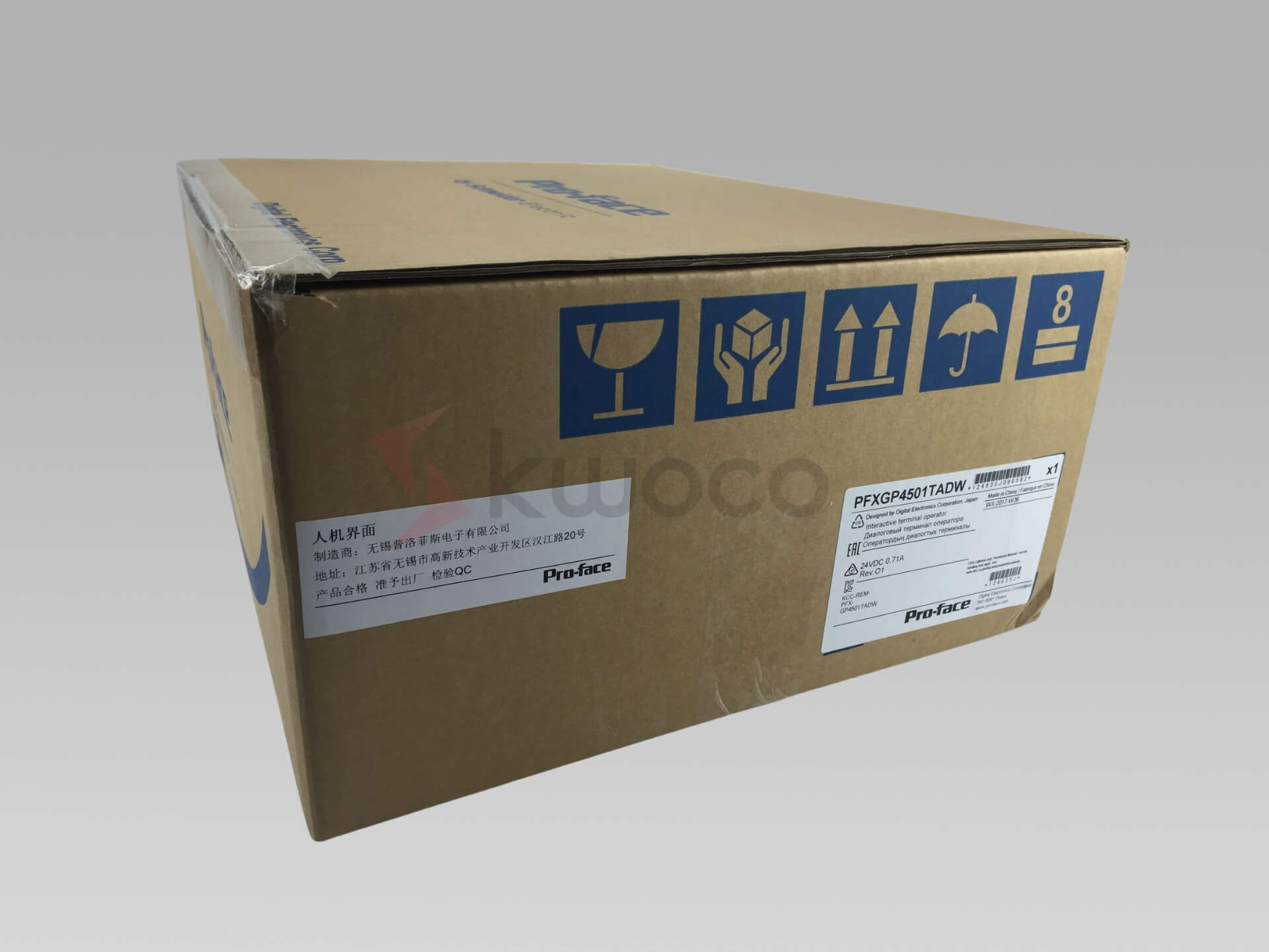What is a Servo and How Does It Work?
Table of Contents
Understanding the Basics
A servo system typically includes a servo motor, a drive (or amplifier), and a controller. The controller sends a command signal to the drive, which powers the motor accordingly. The sensor feeds back the actual position to the controller.This closed-loop system allows for accurate control. It’s what sets servos apart from standard motors.
Types of Servo Motors
There are mainly two types of servo motors: AC and DC. AC servos are generally used in high-speed applications, while DC servos are suited for lower speed, high-torque situations.Each type has its advantages.
Choosing the right one depends on your specific needs.
How Does a Servo Work?
The working principle of a servo revolves around the feedback mechanism. The controller compares the commanded position with the actual position from the sensor.If there’s a difference (called an error signal), the controller adjusts the motor’s operation to correct it.This continuous process ensures the output shaft reaches and maintains the desired position.
Components of a Servo System
- Servo Motor: Converts electrical signals into mechanical motion.
- Drive/Amplifier: Powers the motor based on signals from the controller.
- Controller: Processes inputs and sends commands to the drive.
- Feedback Device: Provides real-time data on position, speed, or torque.
Each component plays a vital role in the system’s performance.
Applications of Servos
Servos are used in robotics, CNC machinery, conveyors, and more. Anywhere precise motion control is required, servos are the go-to solution.For example, in robotic arms, servos control the movement of joints with high precision.
Benefits of Using Servos
- Precision: Achieve exact movements.
- Speed Control: Adjust speeds dynamically.
- Torque Control: Maintain consistent force.
- Responsiveness: Quick adjustments to changes.
These benefits make servos indispensable in modern automation.
Common Brands and Products
At Kwoco, we stock a wide range of servos from leading brands like Omron, Mitsubishi, Schneider, Panasonic, and Siemens.We only sell new, original products, ensuring quality and reliability.
Choosing the Right Servo
Selecting the appropriate servo involves considering factors like load requirements, speed, torque, and application specifics.I’m always here to help our customers make the best choice for their projects.
Why Buy from Kwoco?
We have over 30 million products in stock, ready to ship immediately. Our one-stop purchasing service is designed for fast product quotation and shipment.Quality is our priority. We understand the concerns about counterfeit goods in the market. Rest assured, with us, you get only genuine products.
Power your projects with brand-new, original Omron, Mitsubishi, Schneider Servo – in stock, ready now!
Conclusion
Servos play a critical role in automation. Their ability to provide precise control makes them invaluable.
At Kwoco, we’re here to support your needs with quality products and expert guidance. If you’re looking to understand more about servos or need assistance with your next project, feel free to reach out. You can contact me at [email protected]. Visit our website at www.kwoco-plc.com for more information.
Contact Us
Just fill out your name, email address, and a brief description of your inquiry in this form. We will contact you within 24 hours.
You May Also Find These Topics Interesting
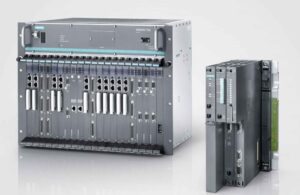
Siemens SIMATIC Controller: The Brain Behind Seamless Automation
This blog post delves into the world of Siemens SIMATIC controllers, explaining why they are a cornerstone of modern industrial automation and highlighting their benefits for machinery and equipment factories, manufacturers, and factory solution companies. We aim to demonstrate how SIMATIC controllers can transform your operations, improve efficiency, and ultimately, drive profitability. As a business specializing in industrial automation and industrial control products for manufacturing plants, we understand the critical role that reliable and adaptable control systems play in today’s competitive landscape.
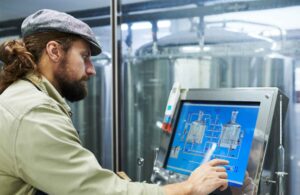
HMI vs. SCADA: Essential Guide to Industrial Automation
The industrial automation sector has witnessed a revolutionary transformation, with technologies like HMI (Human-Machine Interface) and SCADA (Supervisory Control and Data Acquisition) leading the way. These systems empower industries to monitor, control, and optimize operations, ensuring improved efficiency and productivity.

PLC vs PC: Key Differences in Industrial Automation
In the realm of industrial automation, the choice between a Programmable Logic Controller (PLC) and a Personal Computer (PC) can significantly impact operational efficiency and system performance. This article delves into the fundamental differences between these two technologies, helping you make informed decisions for your automation needs.

